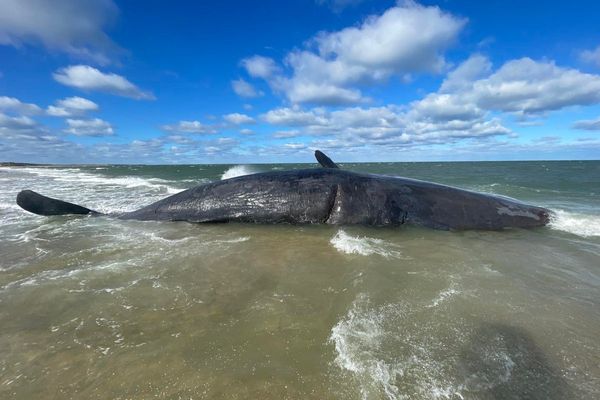
February Nymex natural gas (NGG25) on Wednesday closed up by +0.115 (+2.90%).
Feb nat-gas prices Wednesday posted moderate gains as forecasts for frigid US weather will boost heating demand for nat-gas. NatGasWeather.com said Wednesday that "an Arctic blast will sweep across the US early next week that will include lows of 0s-30s for the southern US" for Jan 22-29.
Nat-gas prices are just below Monday's 1-year nearest-futures high. The recent cold weather in the US has substantially increased heating demand for nat-gas and has boosted expectations for a large drawdown in nat-gas supplies when the EIA reports weekly inventories on Thursday. The consensus is that nat-gas inventories fell -260 bcf last week, a much larger draw than the five-year average for this time of year of -128 bcf.
Lower-48 state dry gas production Wednesday was 102.7 bcf/day (+12.6% y/y), according to BNEF. Lower-48 state gas demand Wednesday was 114.9 bcf/day (-13.4% y/y), according to BNEF. LNG net flows to US LNG export terminals Wednesday were 14.6 bcf/day (+8.9% w/w), according to BNEF.
An increase in US electricity output is positive for nat-gas demand from utility providers. The Edison Electric Institute reported Wednesday that total US (lower-48) electricity output in the week ended January 11 rose +10.61% y/y to 91,182 GWh (gigawatt hours), and US electricity output in the 52-week period ending January 11 rose +2.46% y/y to 4,188,244 GWh.
Last Wednesday's weekly EIA report was slightly bearish for nat-gas prices since nat-gas inventories for the week ended January 3 fell -40 bcf, a smaller draw than expectations of -42 and much less than the 5-year average draw for this time of year of -93 bcf. As of January 3, nat-gas inventories were up +1.1% y/y and were +6.5% above their 5-year seasonal average, signaling ample nat-gas supplies. In Europe, gas storage was 65% full as of January 13, below the 5-year seasonal average of 71% full for this time of year.
Baker Hughes reported last Friday that the number of active US nat-gas drilling rigs in the week ending January 10 fell -3 to 100 rigs, modestly above the 3-1/2 year low from September 6 of 94 rigs. Active rigs have fallen since posting a 5-1/4 year high of 166 rigs in Sep 2022, up from the pandemic-era record low of 68 rigs posted in July 2020 (data since 1987).







